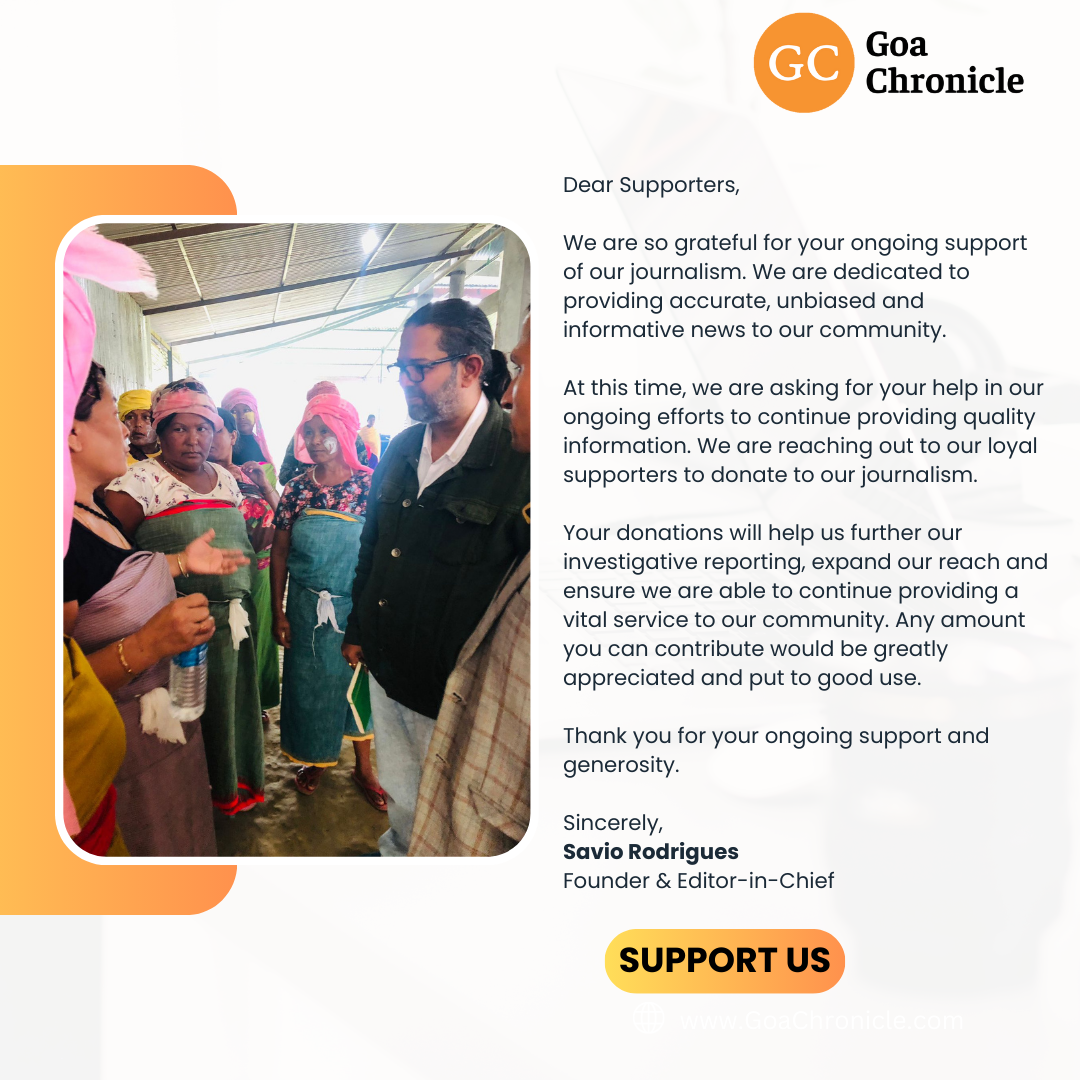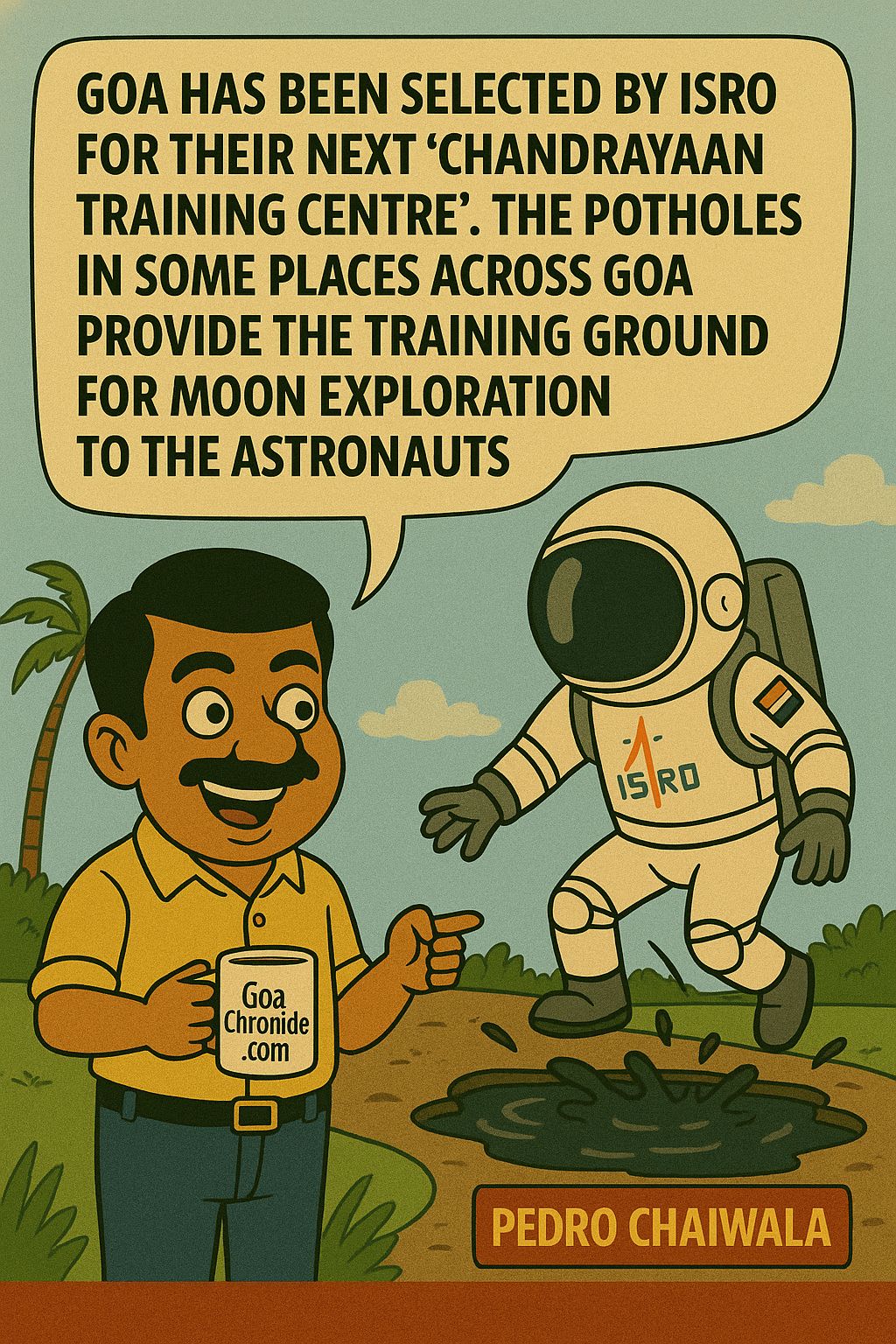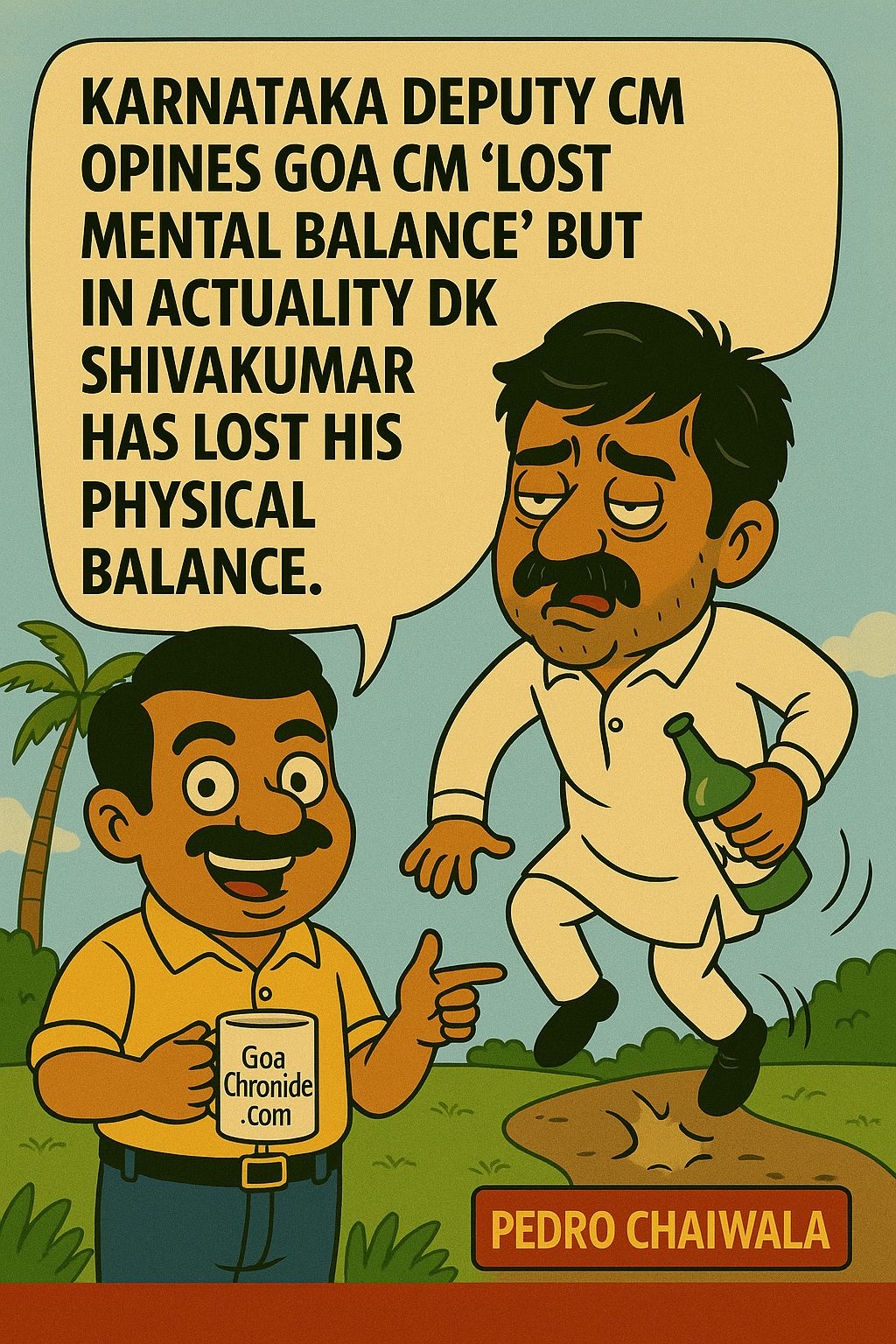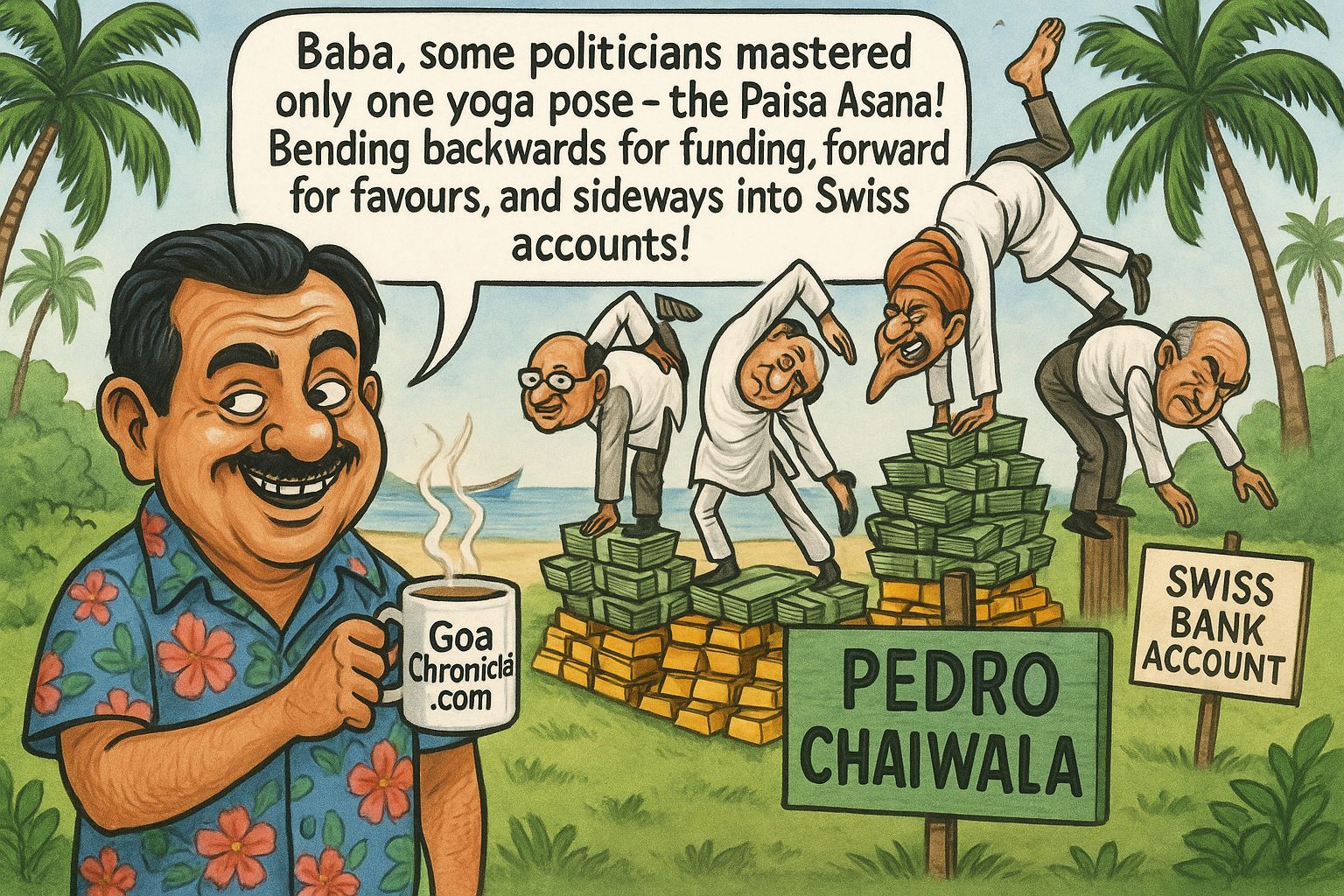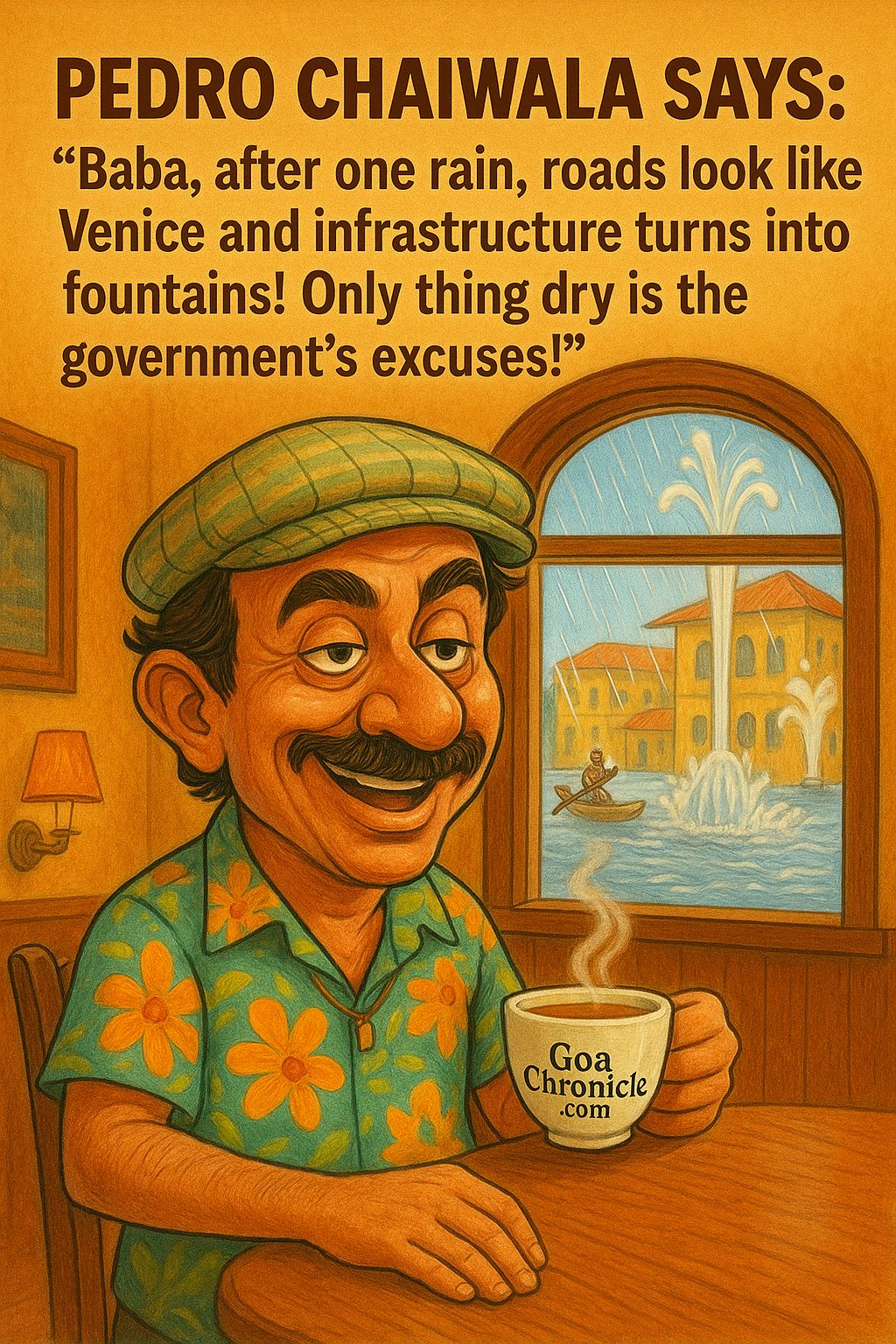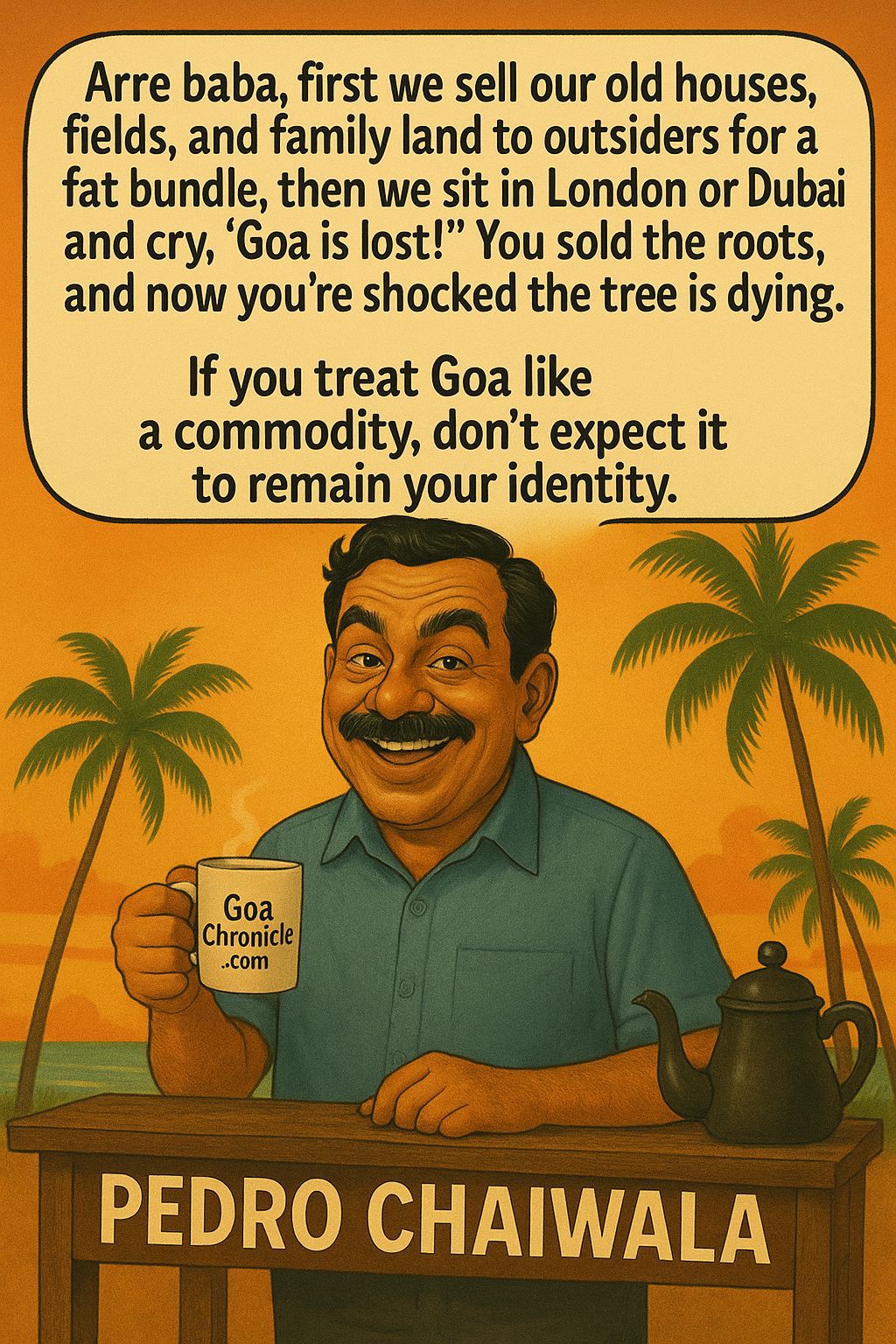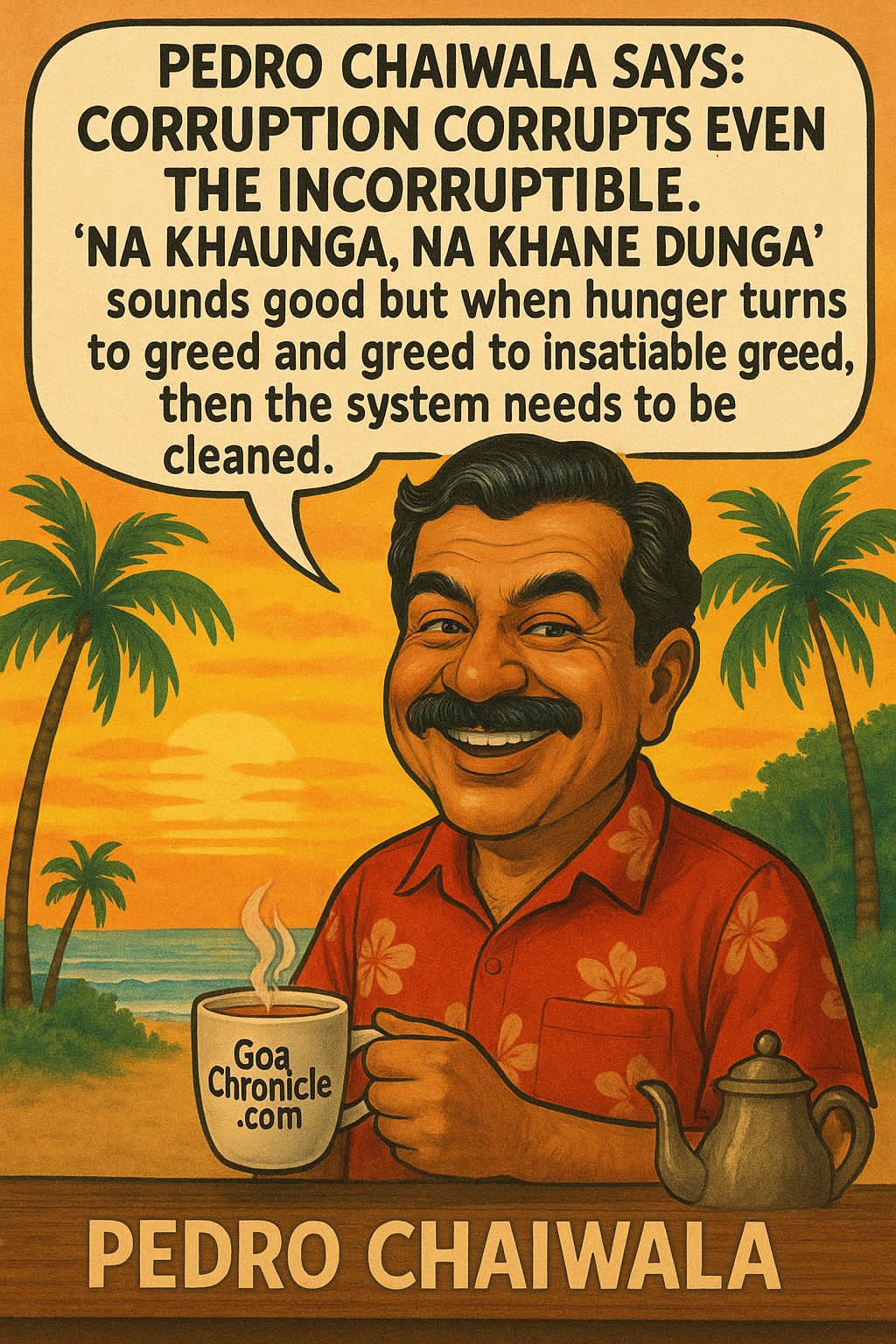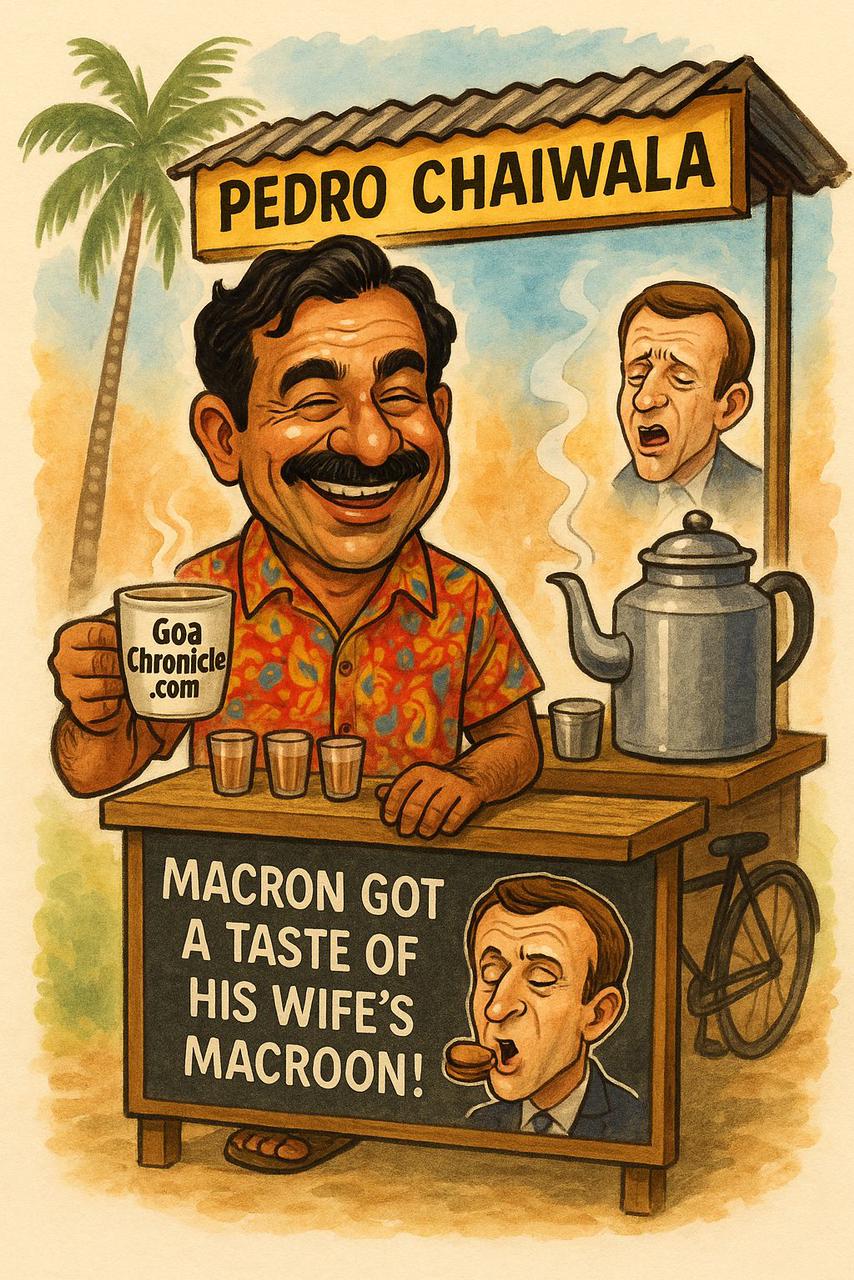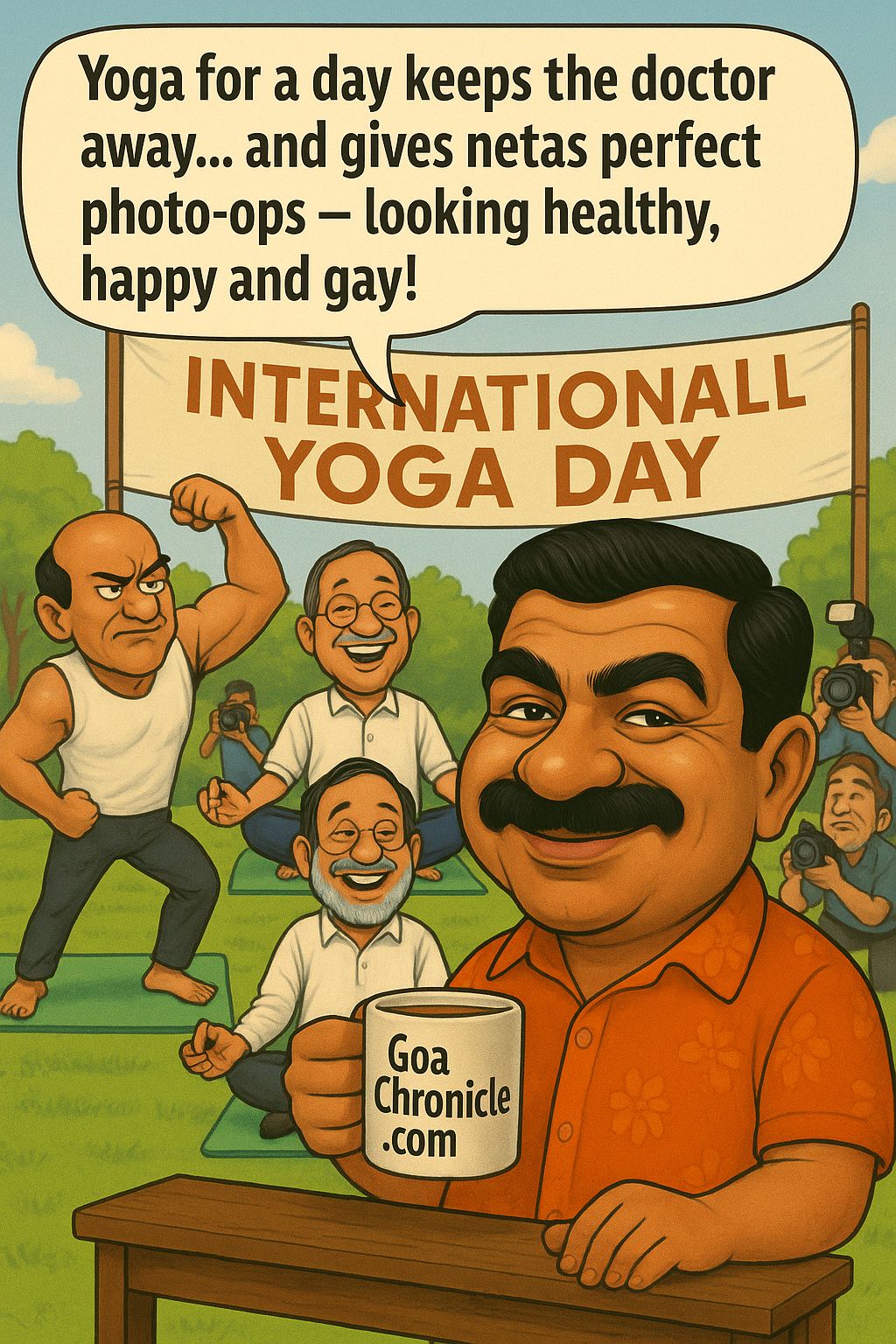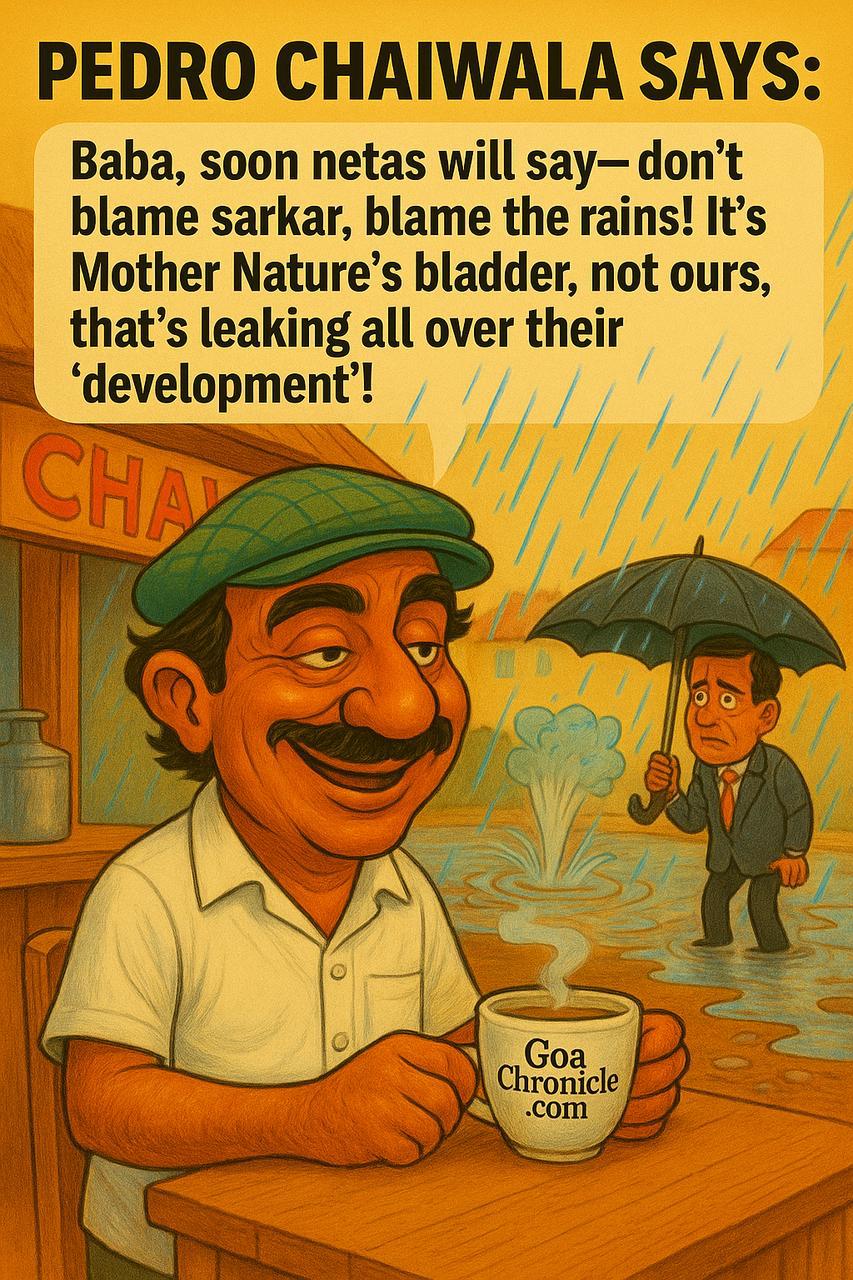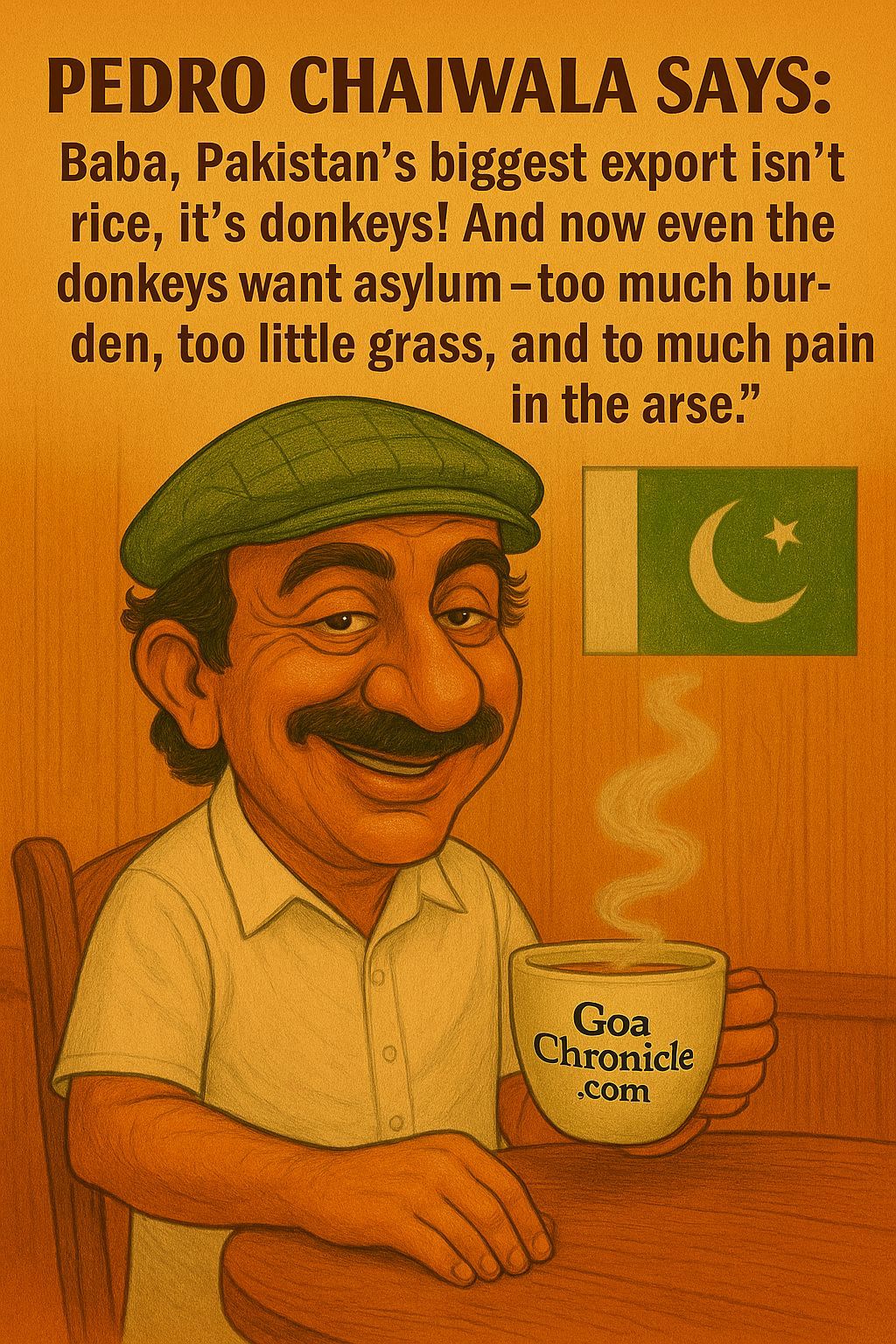Prologue: When Words Become Missiles
Between 12th May and 28th May 2025, India witnessed a transformation that didn’t come from a battlefield or a ballot box. It came from a lectern. Prime Minister Narendra Modi, in a tightly sequenced series of public addresses, redefined India’s strategic voice. These weren’t mere campaign speeches; they were declarations of intent. They carried the power of policy but were soaked in poetry, nationalism, and civilizational memory.
The world watched closely, allies took notes, adversaries recalculated. In just over two weeks, Modi’s speeches stitched together India’s ancient soul with its modern spine. The result: a nation speaking with newfound clarity and consequence.
1. A Nation Reimagined in Speeches
India’s geopolitical posturing has often been cautious, couched in diplomatic language, bound by historical precedent. But May 2025 brought a seismic shift. Modi’s addresses made it clear: India is no longer just managing threats; it is reshaping the landscape that produces them. His words blended memory and muscle, myth and modernity. They weren’t just for today.They were designed to echo for decades.
2. The Key Moments
May 12 — Operation Sindoor: A Nation’s Heartbeat
The announcement was brief but bold. Indian forces had launched a cross-border strike, a precision operation deep inside Pakistani territory. But what stayed with the people wasn’t the location or the logistics. It was the name : Operation Sindoor.
With that single word, Modi moved the narrative from defence to dignity. He linked national security to the honour of Indian womanhood, to the vermilion (sindoor) that symbolized life, love, and loss. In homes across the country, widows of men, who had attained Veergati, wept, not in sorrow, but in solemn vindication.
May 13 — Adampur: Salute to the Sky Warriors
At Adampur Air Force Station, Modi addressed the warriors of the sky. He didn’t just thank them…he honoured them as guardians of India’s sovereignty. He spoke of precision, courage, and the message their missiles had delivered across the border.
It was a salute, not just to uniformed men and women, but to the silent machinery of Indian defence doctrine that had matured under the radar.
May 22 — Bikaner Rally: The Line in the Sand
Standing in the desert heat, Modi drew a metaphorical Lakshman Rekha. “No talks. No trade. Only PoJK.”
This was no ordinary slogan. It was a redefinition of India’s policy. For decades, Kashmir had been treated as a bilateral matter, often stuck in the cul-de-sac of diplomatic fatigue. Modi lifted it out of that fog. “We destroyed nine camps in 22 minutes,” he added, with the tone of a commander, not just a Prime Minister.
The applause wasn’t just political, it was primal. A collective exhale from a nation tired of being patient.
May 22 — Amrit Bharat: Building Tracks for Tomorrow
Later that same day, Modi shifted gears. From the rhetoric of retribution to the architecture of ambition. At the launch of 103 redeveloped railway stations, he invoked a different kind of nationalism, one made of concrete, glass, and vision.
These weren’t just stations. They were statements. Each one was a node in the web of connectivity that would allow soldiers, civilians, and supplies to move swiftly…in peace or in war.
May 26 — Solar Gujarat: Sunlight as Strategy
In Kutch, under a cloudless sky, Modi turned his gaze upward, toward the sun. He announced the world’s largest solar project and positioned it as not just an environmental win, but a strategic one. “Energy freedom is our civilizational duty.”
He spoke not just to climate activists, but to generals and economists. Because every solar panel in Gujarat meant fewer oil tankers from unstable regions. It meant autonomy…economic, political, and strategic.
3. When Strategy Meets Soul
What set these speeches apart wasn’t merely their policy relevance. It was their emotional architecture. Modi didn’t use jargon. He used metaphors, of widows’ tears, of ancestral pride, of the soil that bore freedom fighters and farmers alike.
Each speech stitched together policy and poetry. Security and civilization. It was this fusion that resonated across caste, class, and constituency.
In this narrative, the citizen became a soldier, even if not in uniform. The mother who sent her son to the border, the farmer harvesting under solar panels, the passenger boarding a newly upgraded train, all were cast as characters in the larger story of national resurgence.
4. The Public Response: From Silent Endorsement to Roaring Support
Across India, the reaction was immediate. Veterans saluted the clarity. Widows saw in the PM’s words an echo of their pain. Young voters, often cynical, found in these speeches a sense of purpose.
Hashtags like #OnlyPoJK, #OperationSindoor, and #IndiaSpeaksNow trended for days. Candlelight vigils were replaced by celebratory parades. In campuses, temples, and WhatsApp groups, the mood was not just of nationalism, but participation.
For many, these speeches offered closure. For others, a new beginning. But for nearly all, they signalled confidence…that India was finally speaking in its own voice.
5. The Media Landscape: Echoes and Edges
Indian media largely aligned with the national mood. Prime-time debates praised the clarity and courage of Modi’s words. Editorials spoke of a new Indian doctrine…firm but fair, civilizational yet futuristic.
However, global media walked a tightrope. While The Washington Post and Le Monde noted India’s right to self-defence, Al Jazeera and some EU outlets cautioned about “regional escalation.” Beijing’s Global Times, expectedly, warned of “reckless provocations.”
Yet, even in criticism, there was respect…for the coherence, the articulation, and the sheer narrative force of Modi’s speeches.
6. Opposition Response: Between Caution and Critique
India’s opposition found itself in a rhetorical minefield. To question the strike was to risk appearing unpatriotic; to endorse it was to acknowledge the PM’s strategic foresight.
Some leaders tried to focus on “timing,” alleging election tactics. Others pointed to “diplomatic consequences.” But none could match the civilizational pitch of Modi’s narrative. The speeches had placed him on a moral high ground, one not easily assailable by policy nitpicking.
7. A Civilizational Reclamation
There was a deeper undercurrent to these speeches. One rarely caught in headlines. Modi wasn’t just defending borders; he was reviving Bharat…not as a nation-state alone, but as a civilizational entity.
By invoking sindoor, solar energy, railways named Amrit Bharat, and PoJK as dharmic duty, he placed India’s geopolitical aspirations within a 5,000-year timeline.
This was not Nehruvian internationalism. Nor was it narrow nationalism. It was civilizational realism. The belief that India must act not merely in interest, but in identity.
8. Strategic Implications: Shifts in the Global Chessboard
Pakistan: Pinned to the Wall
Modi’s speeches tightened the diplomatic noose. Pakistan’s usual playbook…deny, deflect, divert…no longer worked. Global powers had heard India’s case directly…emotionally and strategically.
China: The CPEC Conundrum
India’s direct invocation of PoJK struck at the heart of the China-Pakistan Economic Corridor. Beijing, already stretched across the Indo-Pacific, found itself forced into damage control.
Modi’s speeches sent a message: If you build on disputed land, don’t expect peace.
The West and Indo-Pacific Allies
Nations like Japan, Australia, and the U.S. recognized in Modi’s tone a regional anchor. While Western diplomats treaded cautiously, their strategic communities took note. India wasn’t just reacting to China; it was offering an alternative pole.
The Global South
From Kenya to Colombia, India’s solar strategy found resonance. Modi was seen not as a claimant to power, but as a leader offering self-respecting development. No debt traps. No troops. Just sun, steel, and sovereignty.
9. The Modi Doctrine: A New Grammar of Statecraft
From the patterns of his speeches, a doctrine emerges : Strike First, Speak Later: Deterrence through decisive action.
Civilization Over Convention: India as an idea older than diplomacy.
Infrastructure as Strategy: Trains and solar fields as national armour.
Narrative as Power: Emotional framing to shape global discourse.
Localization of Global Aims: From solar energy to PoJK, every issue turned into a kitchen-table conversation.
10. Epilogue: The Word that Became a Weapon
Modi’s speeches in May 2025 weren’t just addresses. They were auditory artillery. They clarified doctrine, rallied a nation, unsettled adversaries, and impressed allies.
In a world torn between cold realpolitik and hollow populism, here was a leader blending both with cultural resonance. In this blend, India found its new language…bold, rooted, resonant.
As the dust of May settles, one thing is clear: Modi didn’t just use words to describe India’s power. He used them to wield it.





